RECYCLED BUILDING MATERIALS FOR GHANA’S FUTURE
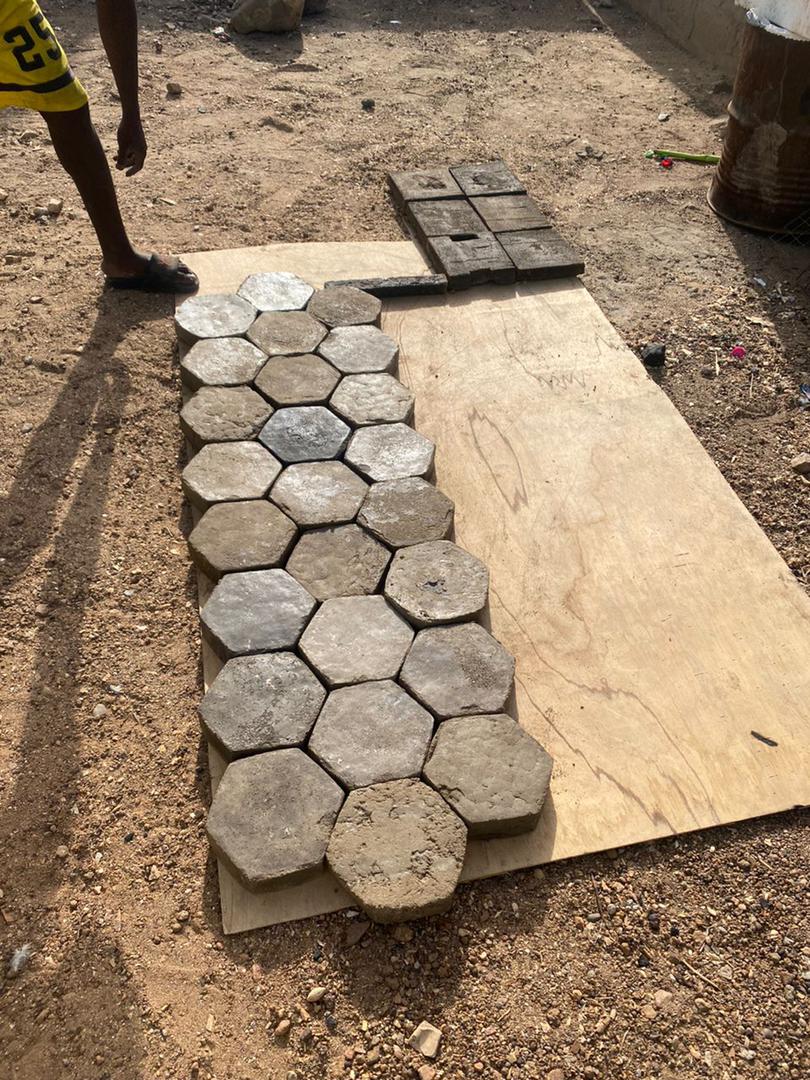
Building Materials from Recycled Materials
Solving Ghana’s resource and recycling needs.
For roads, houses, and any major building need for making better infrastructure and housing in Ghana.
Local Plastic Waste Repurposed to Build needed Infrastructure for Ghana
Plastic Recycling in Ghana producing plastic pellets.
Producing building materials of different forms Fulfilling Ghana’s need for different building materials from housing to road construction and removing plastic waste.
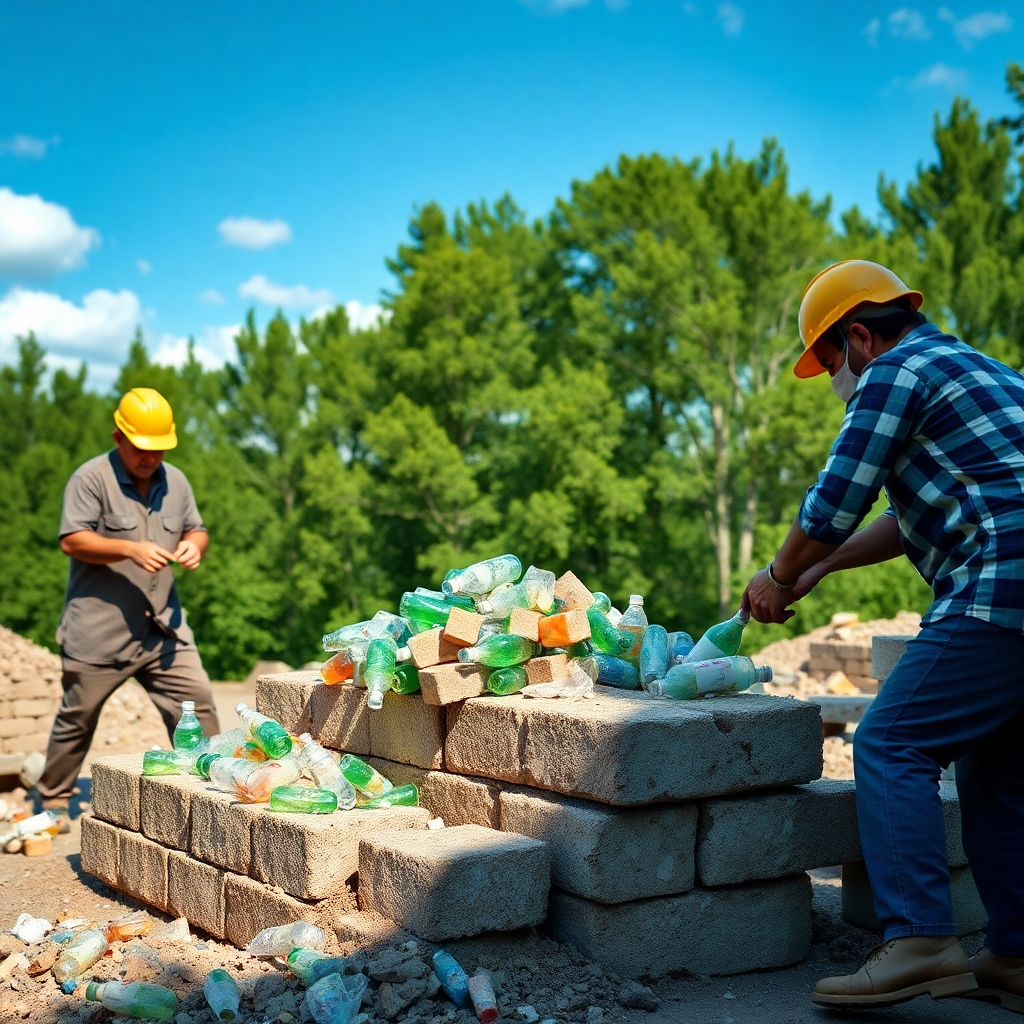
A Look at Ghana’s Current Market

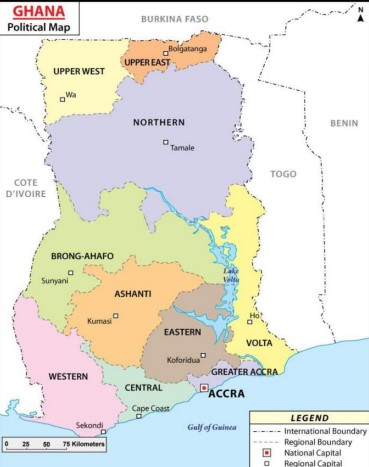
WHO ARE WE?
- Kwama Mariama Enterprises
- Recycling and Consulting
- Ghana, Bolgatanga
- Ghana Registration BN235440323
The plastic recycling market in Ghana is currently evolving, driven by increasing environmental awareness, governmental initiatives, and private sector involvement. The Ghanaian government, alongside organizations like the Global Plastic Action Partnership, is working to reduce plastic waste and boost recycling as part of a larger strategy to mitigate pollution and encourage sustainable waste management practices.
The recycling industry in Ghana is mainly focused on converting plastic waste—particularly from PET bottles and packaging materials—into new, usable products. This includes producing recycled materials for sectors like textiles and manufacturing. Key players in the industry utilize advanced technology, with plants equipped to process and reprocess plastics into pellets and flakes, which are then sold domestically and internationally. The market benefits from a combination of domestic demand for recycled materials and growing global interest in sustainable materials, particularly in regions that are tightening regulations on virgin plastics.
Market projections for Ghana’s plastic waste management, including recycling, indicate steady growth, supported by regulatory incentives and investment opportunities. The market includes various segments, such as industrial and municipal plastic waste, with a significant portion allocated to recycling. Recent analyses project the market for plastic waste management in Ghana, including recycling, will see growth through 2030, particularly as infrastructure and technological adoption improve to meet demand and regulatory standards.
The industry’s expansion presents notable economic benefits, generating jobs and supporting community-based waste collection initiatives, especially in urban areas. This shift not only helps reduce environmental harm but also drives economic empowerment in communities, creating jobs for youth and marginalized groups.
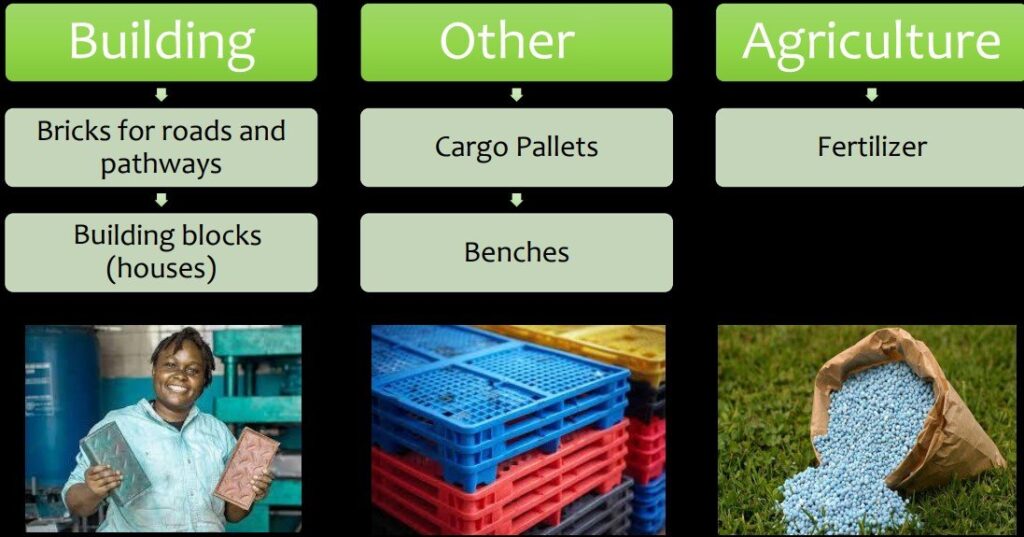
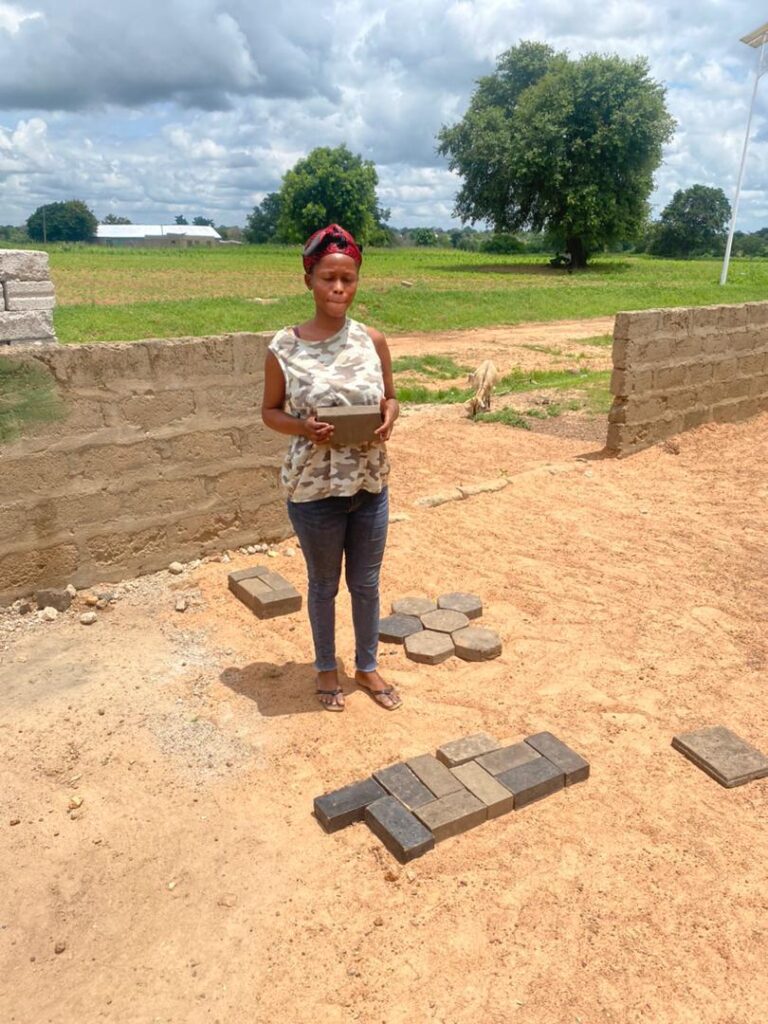
1.Collection and Sorting: Collection – Plastic waste is collected from various sources such as households, businesses, and waste disposal sites. Sorting – Plastics are sorted manually by type (e.g., PET, HDPE, PP) to prevent contamination, as different plastics require different recycling methods. Sorting by color and size may also occur to maintain consistency in the recycled material.
2.Cleaning and Washing: After sorting, plastics are washed to remove contaminants such as dirt, food residue, labels, and adhesives. This step ensures that the end product is of high quality.Washing may include soaking in detergents or using brushes to scrub the plastic surfaces manually.
3.Shredding: Once cleaned, the plastic is manually fed into a shredder, where it’s broken down into small pieces or flakes. Shredding makes it easier to melt and reform plastic. If done manually, this can involve simple machines operated by hand, making it suitable for small-scale recycling operations.
4.Melting: Shredded plastic is then melted in a controlled environment. Different plastics have different melting points, so each type is processed separately to avoid contamination. In manual recycling setups, this step may be done using small melting equipment or molds designed for specific products.
5.Reforming or Extrusion: Melted plastic can either be reformed into new shapes using molds or extruded into pellets, which can later be used to manufacture new plastic items. This process may involve pressing or molding manually or with the help of simple machinery.
6. Cooling and Finishing: The plastic is allowed to cool and harden. In some cases, further manual processing (like trimming excess plastic or polishing) may be required to finish the recycled product. Once hardened, the recycled plastic can be used directly or sold as raw material for further manufacturing.
7.Packaging and Distribution: The recycled plastic or products are packaged for distribution, often to local markets or businesses that utilize recycled materials.
